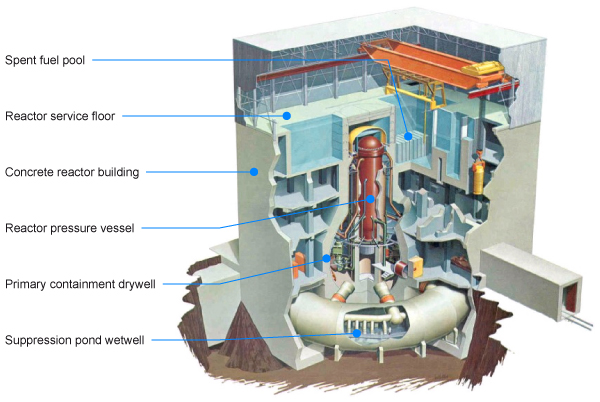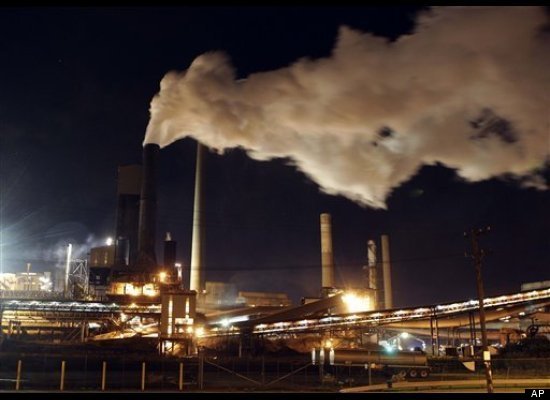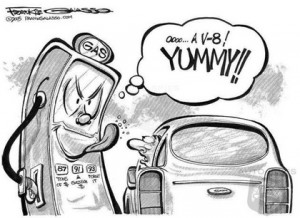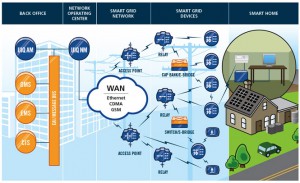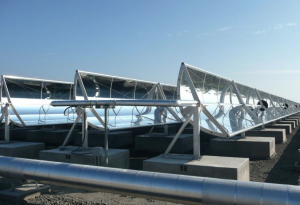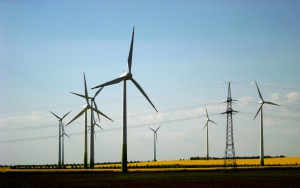Kayla Shepard
March 11, 2011 was a time of complete destruction and turmoil in Japan when the 9.0 rated earthquake later caused a horrific tsunami and took out one of the biggest power plants. The tsunami destroyed Fukushima Daiichi’s reactors by ruining the cooling systems and causing the three cores to melt in the next three days. According to the World Nuclear Association there was detrimental damage of radioactive toxins, “The accident was rated 7 on the INES scale, due to high radioactive releases in the first few days. Four reactors are written off – 2719 MWe net”.
By July they seemed to have the reactors cooled and for the most part under control, but their priority was to make sure there wasn’t any more radioactive leakage. Fortunately there were no casualties or illnesses due to the radioactive exposure but many peoples lives were put on hold as 100,000 people were evacuated, many not yet to come back due to the governments worries. Though, it was later stated by Jan Beyea from the US expert consulting service Consulting in the Public Interest that there are now more predictions of deaths due to cancer have than previously thought,
“Health consequences predicted for the Fukushima Daiichi accident are dominated by “groundshine” gamma radiation from the decay over several decades of dispersed radioactive caesium. Although an individual’s risk is small, the mid-range, predicted number of future mortalities from cancer is closer to 1000 than the 125 figure calculated without considering long-term groundshine [gamma radiation emitted from radioactive materials deposited on the ground]”(rsc.org).
Japan was highly dependent on the Middle East for oil previous to the accident; about 90 percent of their oil was shipped over sea. Now, post nuclear melt down Japan is in more need than ever, it was said to face up to 18 percent raised prices of electricity. Japan’s public has been opposed to the building of more nuclear power plants since the 1990’s, there have been a few reported nuclear accidents other than the serious March 11 incident. It has been recently stated that by 2030 Japan hopes to be free of nuclear plant usage due to public opinion. “A whole generation of Japanese will grow up during this transition,” said Vicente López-Ibor, president of Estudio Juridico Internacional, an energy law firm in Madrid. “They will have to decide which renewable-energy technologies should be used, such as offshore wind farms, and consider shale gas too” (Bloomberg.com). But this change over will not be easy, it has been said that the money spent on solar powering, windmills and other types of renewable energy will cost around 38 trillion yen, 487 billion U.S. dollars plus much more for energy efficient technology.
Brodie, Rebecca. “Reassessing the Health Effects of the Fukushima Daiichi Nuclear Accident.” RSC. N.p., 25 Jan. 2013. Web. 21 Feb. 2013. <http://www.rsc.org/chemistryworld/2013/01/reassessing-health-effects-fukushima-daiichi-nuclear-accident>.
“Fukushima Accident 2011.” World Nuclear Association. N.p., 10 Jan. 2013. Web. 21 Feb. 2013. <http://www.world-nuclear.org/info/fukushima_accident_inf129.html>.
Hirokawa, Takashi, and Yuji Okada. “Japan Draws Curtain on Nuclear Energy Following Germany.” Bloomberg 14 Sept. 2012: n. pag. Web. 21 Feb. 2013. <http://www.bloomberg.com/news/2012-09-14/japan-draws-curtain-on-nuclear-energy-following-germany.html>.
